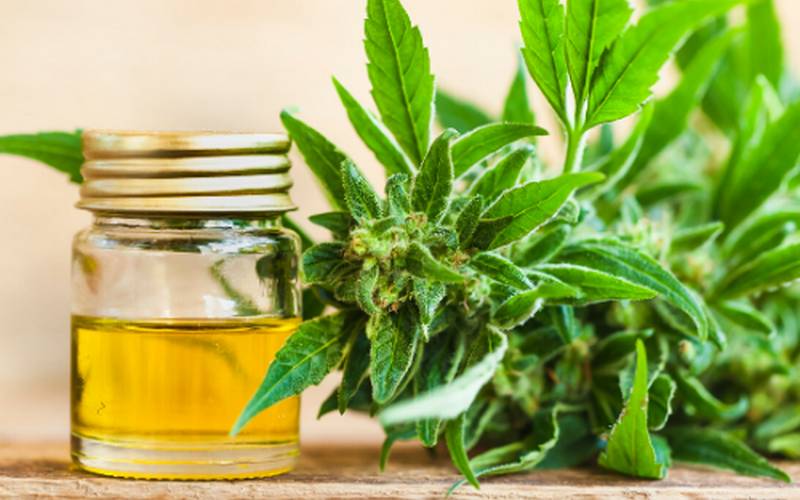
The extracts obtained from cannabis plant have been used for centuries by human kind for medical and recreational purposes. This extraordinary plant is a true green factory that produces hundreds of active molecules with really important medicinal properties. An example is the cannabidiol (CBD) which, belonging to the class of cannabinoids, has obtained scientific confirmation of its use as a medicine for the treatment of certain illnesses such as severe cases of child epilepsy and depression.
To extract these important molecules it’s necessary to break the cellular structures of the plant so the active principles are exposed and can interact with a solvent. In general, an extraction is successful when you obtain an ideal solution of the active components in the right solvent. The Cannabis extracts come from plant-based raw material, normally green discards from the process of fresh inflorescences.
The simpler and most traditional method to extract the active components from the plant species, involves soaking in water until most of the ingredients are dissolved. For cannabinoids, instead, it’s necessary to use a different method. For the extraction organic or other solvents are used instead of water, because the solubility of the main components, present in the plant, are really low in polar solvents.
Before going into detail on the most common techniques of extraction, we’re listing the properties of a “perfect” solvent.
The solvent should have:
. specificity in the extraction.
. Low residue in the final product.
. The chance to change its selection of extraction through the variation of simple parameters.
. Low cost.
. Low danger.
. Easy storage and disposal.
Extraction with organic solvents
The most used solvent for this type of extraction is certainly ethanol from which the famous “Rick Simpson oil” can be obtained, but it’s possible to use also chloroform, methanol and olive oil too. For their low toxic levels for humans, they are all solvents considered safe by the International Conference on Harmonization (or ICH). The process consists in soaking the inflorescences or green parts of the plant (it’s better to discard branches and big leaves that contain just a few traces of the active principles) in the solvent for a period of time long enough to break down the part of te plant containing the cannabinoids (trichomes), but not that long to allow the solvent to extract even the undesired compounds like chlorophyll. Its low price and the simplicity of procedure make this type of extraction still very popular, but it has a few flaws:
. the low selectivity in the extraction.
. It needs more stages of purification.
. Low chance of control.
. Inflammable.
Extraction by hydrocarbons
The hydrocarbon mostly used in this type of extraction is butane. Theoretically the procedure is similar to that with organic solvents. Initial soaking isn’t required, but te solvent, in its liquid stage at low temperatures, only by contact with plant based material, starts dissolving the cannabinoids in the liquid. The solvent, of a golden-yellow colour, is left to evaporate at room temperature or by using high temperatures at low pressures to leave no residue in the final product. Also this procedure, as the use of organic solvents, is quite cheap regarding materials and instruments used, but has its disadvantages:
. high levels of danger: there are in fact solvents with high inflammability that need to be managed with care.
. Extraction procedure not completely manageable, so low selectivity.
. Eventual presence of residue in the final product.
Extraction with supercritical fluids
This type of extraction, based on “green solvents”, is the most promising to obtain a high-level quality product. It guarantees high standards necessary for the pharmaceutical, nutraceutical and nutritional market and the environmental sustainability of the process from plant to extract. Carbon dioxide is the most common choice for all its positives, compared with other solvents. CO2 is not inflammable, relatively inactive, easily available at a low cost. At specific temperatures and pressures the fluid reaches , what we consider, a specific state. The critical temperature is that temperature at which a gas fluid can’t be turned back into liquid by compression. The process is very sensitive; in fact, the energy of the solvent can be manipulated through changes in temperature and pressure. CO2 allows extraction of the compounds that are sensitive to heat and oxidation like polyunsaturates, vitamins, cannabinoids, flavonoids, sterols, tocopherols and other compounds of added high value with the safety of not ruining them.
Summarizing, the advantages are:
. completely manageable procedure.
. Outstanding selectivity.
. Extremely low environmental impact.
. Products right for pharmaceutical purposes.
. Really low residue in the final product.

